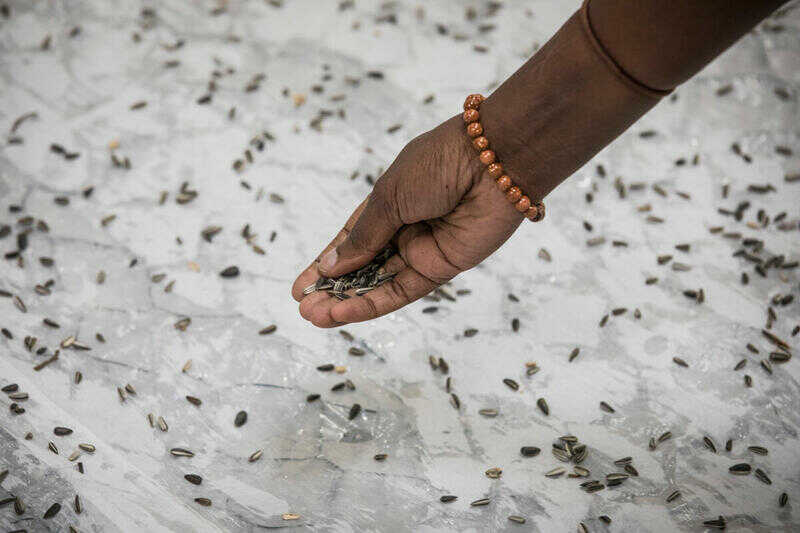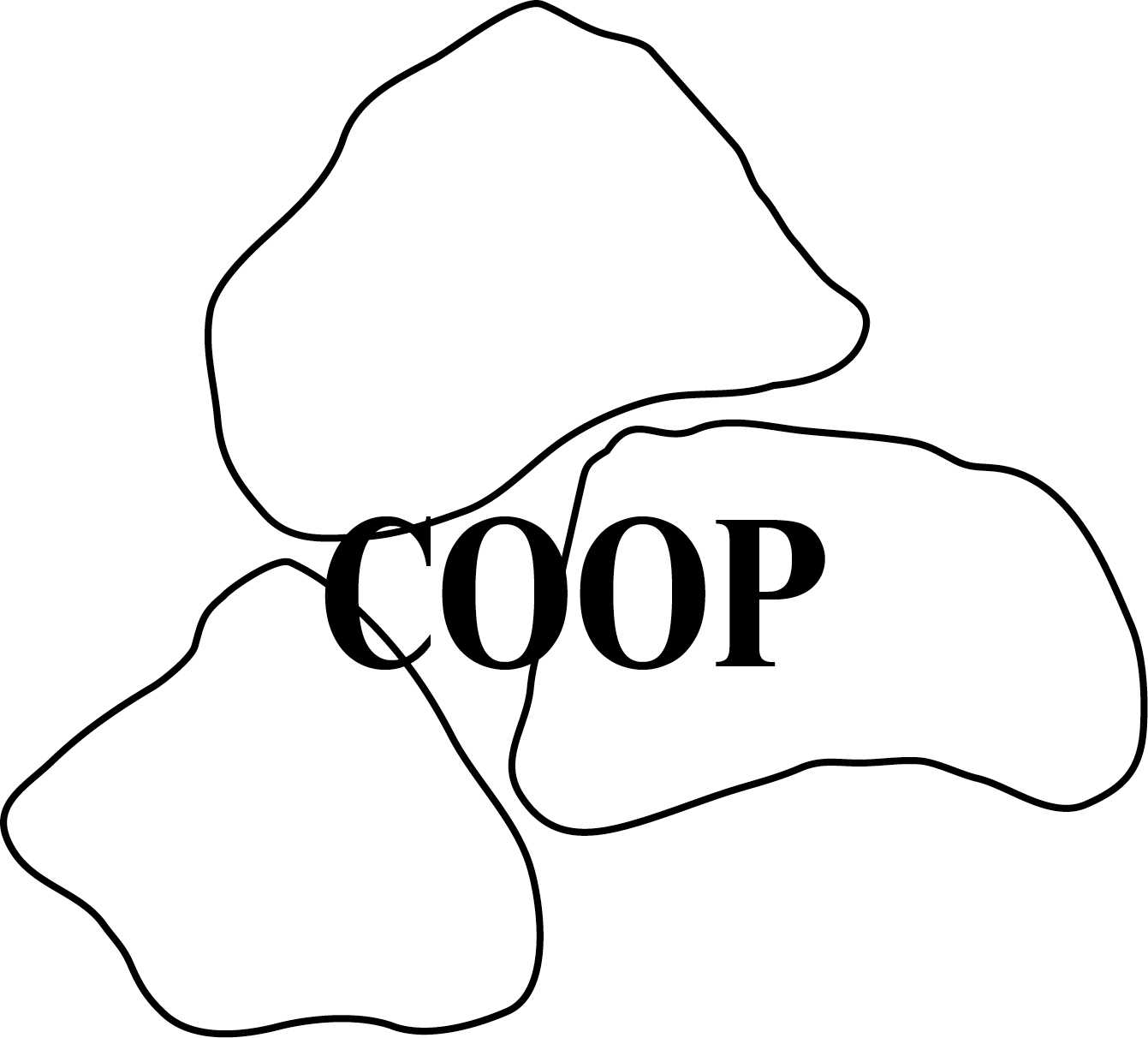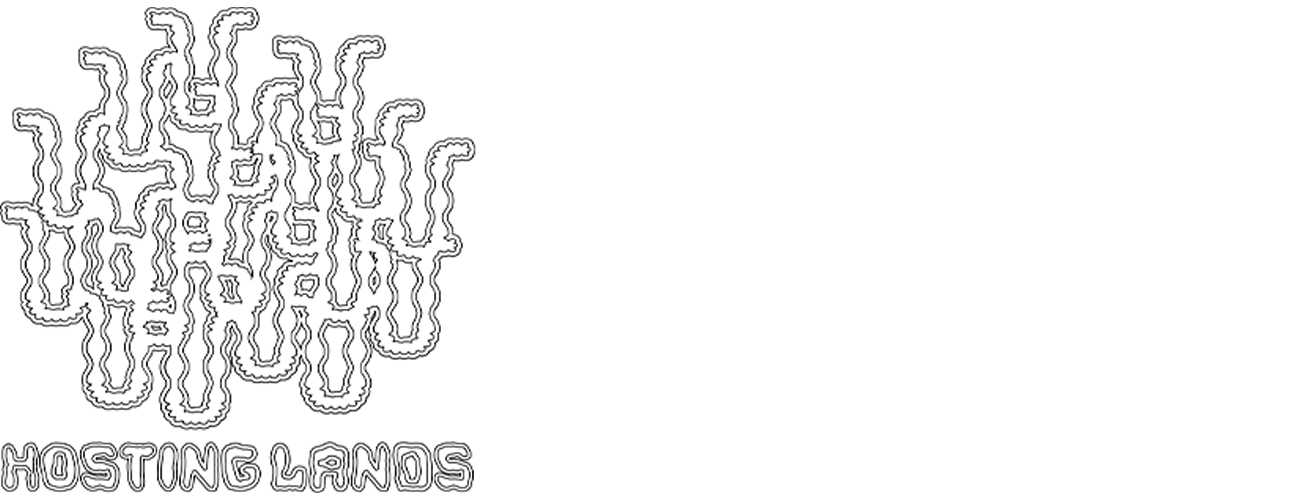2024-2025 COOP study group ~ Trespass, Loopholes, Action Design
Tutor team:
Guests:
Luiza Prado O Martins
Randa Toko
Partner Institution:
Hosting Lands
Student participants:
Alkmini Gkousiari, Aimeé Phillips, Anne van Ophem, Ariell Zéphyr, Billie Meiniche, Clara Rudin Smith, Despina Sanida Crezia, Eszter Dobos, Sam Mountford, Sarmistha Bose, Tereza Darmovzalová
Student led reflection:
Chronicles (COMING DECEMBER 2024)
Program:
Trespass, Loopholes, Action Design
Introduction
Trespass, Loopholes, and Action Design, invites participants to examine the transgression of spatial boundaries in multiple dimensions—physically, socially, and legally. We will explore these boundaries in the context of access to land and water, focusing both on borders enforced by nation-states and within boundaries created and policed by authorities within states. The activity will blend theory with practice, drawing on poetics, disobedience, trickerism, and the concept of illegality to explore and analyze the acts of trespass. By interrogating these acts, we aim to reveal how boundaries are defined, enforced, and contested, and by whom.
The practice of smuggling, a central theme of our study, complements the notion of trespass by examining the ways goods and ideas are transferred across these borders—sometimes covertly, sometimes openly—as forms of resistance, survival, or innovation.
Inseperable from pragmatic and brutal realities there is a poetic element to both trespassing and smuggling. Songs, stories, and symbols have long accompanied acts of smuggling and trespass, transforming them into cultural artifacts of resistance. Songs, for instance, can serve as carriers of subversive ideas or coded messages. Similarly, smugglers have created an entire lore around their actions, embodying qualities of cunning and bravery that challenge the boundaries of legality and morality. In these narratives, the smuggler or trespasser is not just a lawbreaker but a trickster figure—a symbol of defiance against power.
Plant and seed smuggling also speaks to cultural preservation. For example, African slaves brought seeds to the Americas, often concealed in their hair, to preserve the plants vital to their cultural heritage and agricultural knowledge. These seeds were a connection to home, an act of resilience that ensured a measure of self-sufficiency and cultural continuity. Today, environmental activists sometimes smuggle seeds to protect biodiversity or protest against genetic patenting, defying multinational corporations’ control over food sources and agricultural knowledge.
In particular, we will study how cultural expressions like songs have historically served as powerful vessels for ideas, protest, and cultural preservation. We will look at the practice of plant and seed smuggling, examining how these simple acts carry a subversive power to spread and nurture life across legally restricted spaces. Similarly, we’ll consider the boat as both a literal and symbolic vessel, representing a tool for crossing waters and navigating the overlaps of legality, activism and art.
Furthermore, we will explore the concept of loopholes as ways to evade or reinterpret the rules, analyzing how they can serve as strategic tools for activists and communities to cross boundaries without confrontational transgression. Using action design—a discipline that merges design, choreography and strategy to generate public interventions— we will study and create public actions that transform urban and social spaces into mediated stages.
Action design turns urban spaces into platforms for challenging who defines the boundaries, who benefits from them, and who has the right to disrupt them. Through this process, boundaries are not only crossed but interrogated, redefined, and, temporarily, dissolved. In this sense, trespassing and smuggling are not solely acts of defiance but are creative, subversive methods to question the rules that govern space, resources, and ideas, inviting us to contested zones as sites of potential perceptual transformation.
A way of working (together):
Our intention is to work together as a study group during, and importantly, also in between the DAI-confluences. We will work with a series of texts, songs, screenings, writing and listening exercises and speculative action design scenarios across themed confluences, towards developing more public responses to these themes. We will involve different activists to help model these action design scenarios.
We will start the study group with a day dedicated to presenting our practices to each other, so we get to know each other’s work and interest in this subject. This will be followed by a focus on song and poetry as a vehicle for smuggling. This will include a sonic lecture by Marie Kølbæk Iversen around the magic songs of her great-great-great-great-grandparents, who in 1873 were the ethnographic subjects of Danish folklore collector Evald Tang Kristensen when he visited their house on Ørre Hede in Western Jutland, using a disappearing language.
Each DAI-gathering
During each DAI-confluence we will involve a combination of group text readings, listening together, walks along boundary lines and watching relevant films.
Final presentation
We imagine the final public presentation to take on multiple forms that include group publication alongside other formats that allow for multiple voices within the study group to resonate. There will also be space for an online presence via the Hosting Lands platform. We are open to the group collectively devising a form alongside a publication.



